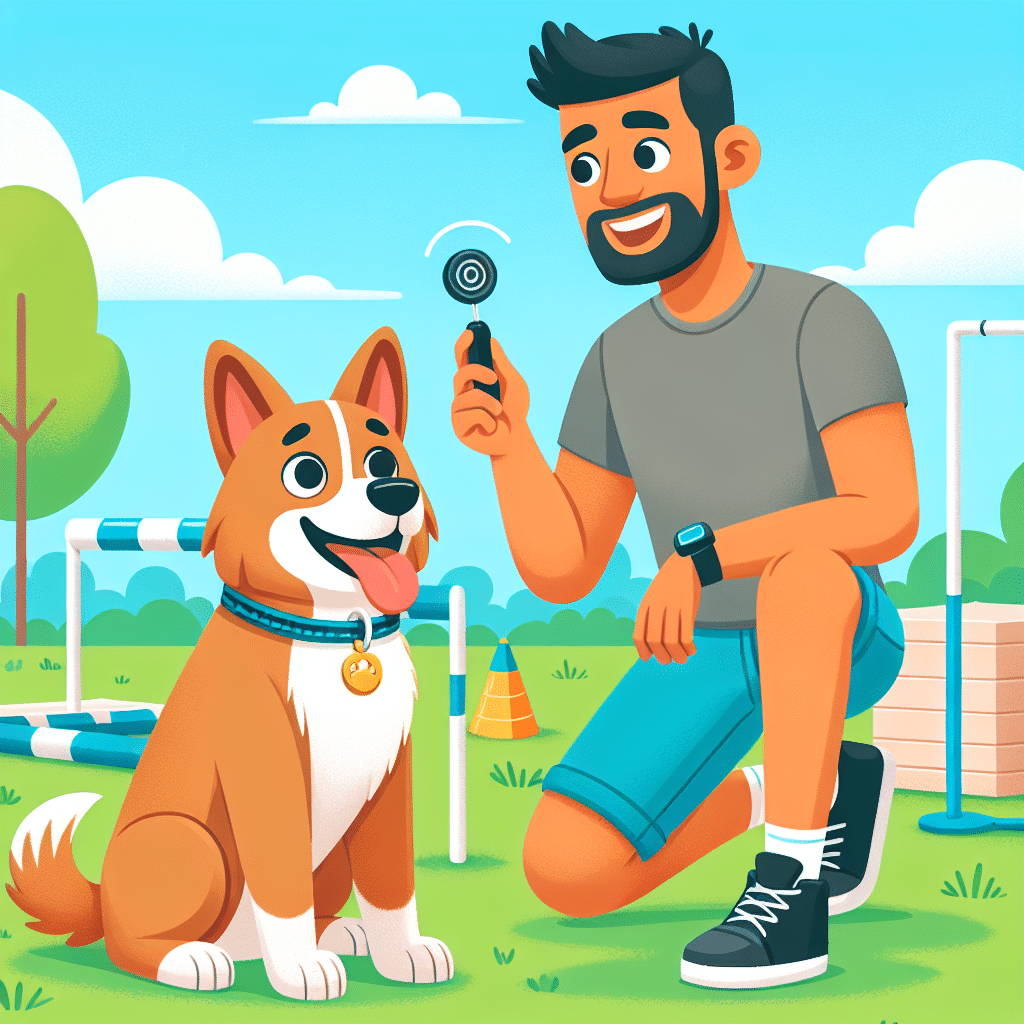Understanding Positive Reinforcement
Positive reinforcement is a training method that encourages desired behaviors through rewards. Unlike punishment-based training methods, which can lead to fear and anxiety in dogs, positive reinforcement fosters trust and strengthens the bond between the dog and its owner. This technique taps into the dog’s natural instincts and motivations. By linking behavior with positive outcomes, dogs learn more effectively and joyfully.
The Science Behind Positive Reinforcement
The psychology of learning illustrates that behaviors followed by rewards are more likely to be repeated. This principle is rooted in operant conditioning, a concept pioneered by B.F. Skinner. In dog training, positive reinforcement involves presenting a motivating item or reward (like treats, praise, or a favorite toy) after the desired behavior is performed.
Types of Rewards
1. Treats
High-value treats are often the most effective reward, especially when training a new behavior. Choosing small, easily digestible treats makes it convenient for repeated training sessions without overfeeding.
2. Praise
Verbal affirmations like “Good boy!” or “Well done!” alongside a happy tone can be powerful rewards. Dogs thrive on human interaction, and praise can significantly reinforce their behavior.
3. Play
Engaging your dog in a game or providing a favorite toy as a reward for good behavior can be very motivating. For high-energy dogs, physical play is often more effective than food treats.
4. Affection
Physical touch, such as petting or snuggling, can be effective for many dogs. It reinforces positive behavior while strengthening the emotional bond between the dog and owner.
Training Techniques Using Positive Reinforcement
1. Clicker Training
Clicker training uses a device that makes a clicking sound to mark the precise moment a desired behavior occurs. This auditory cue is often followed by a reward. Over time, the dog learns to associate the click with the behavior and the subsequent reward.
2. Luring
Luring involves using treats to guide the dog into the desired position or action. For example, hold a treat above your dog’s nose and slowly move it back towards their tail to encourage them to sit. Once they sit, immediately reward them.
3. Shaping
Shaping is the process of gradually guiding a dog towards a desired behavior by rewarding incremental steps. For instance, if teaching the command “roll over,” you might first reward the dog for lying down, then for rolling onto their side, and finally for completing the roll.
4. Target Training
Teaching a dog to touch a specific target (like a stick or your hand) with their nose can be an effective way of directing their actions. Gradually increase the difficulty by moving the target further away or requiring additional behaviors before rewarding.
How to Implement Positive Reinforcement
1. Timing Is Key
For positive reinforcement to be effective, rewards must be given immediately following the desired behavior. This helps the dog make the connection between its action and the reward.
2. Consistency
Be consistent with commands and rewards. If “sit” means sitting only sometimes, the dog may become confused. Use the same verbal cue and gestures each time for clarity.
3. Duration and Intensity of Rewards
Initially, provide high-value rewards for new behaviors but gradually reduce the intensity as your dog learns. Shift from treats to praise or playtime over time to maintain their motivation.
4. Gradual Challenges
Start training in a low-distraction environment, and once your dog reliably performs the behavior, gradually introduce distractions to challenge the learned behavior.
Monitoring Progress and Adjusting Techniques
1. Observe Behavior
Regularly observe your dog’s response to training sessions. If a behavior isn’t improving, consider whether the rewards are satisfactory for your dog’s motivation level or adjust the environment to minimize distractions.
2. Reassess Training Goals
If your dog is not responding as expected, it may be beneficial to reassess your training goals. Set achievable milestones and be patient, as every dog learns at their own pace.
3. Incorporate Variety
To keep training sessions engaging, switch up the types of rewards or techniques. This prevents the training from becoming monotonous, keeping the dog excited and eager to learn.
Common Mistakes in Positive Reinforcement Training
-
Inconsistent Timing
Delaying rewards can confuse the dog about which action is being rewarded. Always strive to reward immediately after the behavior. -
Overusing Rewards
While it’s essential to reinforce good behavior, relying too heavily on treats can lead to overfood and create an unhealthy dependency. Gradually transition to verbal praise and affection as the dog learns. -
Ignoring Behavioral Cues
It’s crucial to pay attention to your dog’s body language and reactions. If a dog seems anxious or confused, take a step back and simplify your training approach. -
Lack of Patience
Training takes time and patience. Frustration can lead to negative reactions from both the dog and owner, which can hinder progress. Stay calm and consistent.
Benefits of Positive Reinforcement Training
-
Strengthened Bond
Building trust through positive reinforcement enhances the relationship between the dog and owner, leading to better companionship and cooperation. -
Enhanced Learning
Dogs trained with positive reinforcement typically learn faster and retain behaviors longer than those subjected to aversive training methods. -
Lower Stress Levels
This method creates a positive learning environment, reducing stress and anxiety for both the dog and the owner. -
Versatile Application
Positive reinforcement isn’t limited to obedience training; it can be applied to behavioral modifications, tricks, and even complex tasks.
Conclusion on Using Positive Reinforcement
Incorporating positive reinforcement into dog training offers a humane, effective, and enjoyable way to educate your furry friend. It nurtures a cooperative spirit, creating an environment where dogs are eager to learn and engage. Through patience, consistency, and love, pet owners can enjoy the benefits of a well-trained and happy canine companion.
